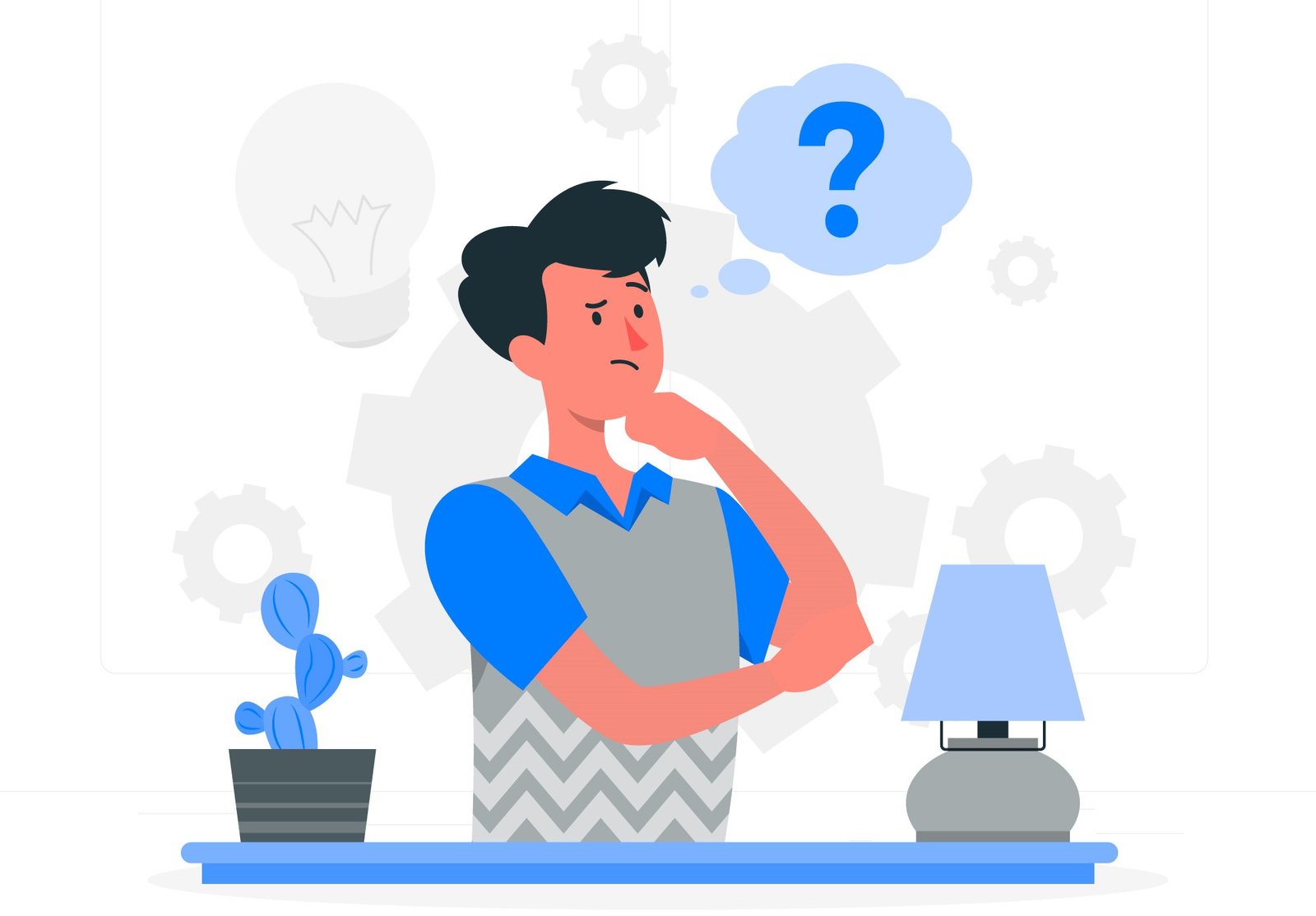AI-driven tools like Suno Music have revolutionized how we create and experience music. By using well-crafted prompts, you can guide Suno’s AI to generate music that aligns with your artistic vision. This guide explores the art of writing effective prompts for Suno Music, offering strategies, examples, and tips to unlock its full potential.
Whether you’re a seasoned composer or a curious beginner, crafting the right prompts is essential to producing the music you envision. Let’s dive into the key elements that make a good prompt and how to use them effectively.
What Is Suno Music AI?
Suno Music AI is a cutting-edge platform that enables users to generate music using artificial intelligence. By inputting descriptive prompts, users can create melodies, harmonies, and compositions tailored to their preferences. Suno leverages advanced AI algorithms to interpret textual instructions and convert them into musical outputs, making it a versatile tool for musicians, producers, and hobbyists.
Key features of Suno Music include:
- Customizable Prompts: Tailor the AI’s output by providing detailed instructions.
- Genre Versatility: Create music across a wide range of genres and styles.
- Real-Time Feedback: Refine prompts and receive immediate results.
Why Are Prompts Important?

Prompts act as the bridge between your creative vision and the AI’s output. A well-crafted prompt ensures that the AI understands your intent, resulting in music that closely matches your expectations. Poorly written prompts, on the other hand, can lead to generic or irrelevant results.
Prompts influence:
- Genre and Style: Specify the type of music you want, such as jazz, rock, or classical.
- Mood and Emotion: Guide the AI to produce music that evokes specific feelings.
- Instrumentation: Indicate the instruments or sounds you want to feature.
Key Elements of a Good Suno Music Prompt
Crafting an effective prompt involves balancing detail and clarity. Here are the key elements to include:
1. Genre and Style
Start by specifying the genre or style of music you want. For example:
- “A smooth jazz piece with a saxophone lead and soft piano accompaniment.”
- “An upbeat electronic dance track with a driving bassline.”
2. Mood and Emotion
Describe the mood or emotion you want the music to convey. For instance:
- “A melancholic melody that captures a sense of longing.”
- “A triumphant and celebratory orchestral composition.”
3. Instrumentation
Include details about the instruments you want to feature:
- “A guitar solo backed by drums and a bass guitar.”
- “A string quartet with a focus on the cello.”
4. Structure and Dynamics
Provide guidance on the structure or dynamics of the piece:
- “A slow build-up leading to a powerful crescendo.”
- “A repeating motif that evolves throughout the piece.”
5. Additional Context
Add any extra details that can help the AI understand your vision:
- “Inspired by the works of Beethoven.”
- “Suitable for a romantic movie soundtrack.”
Tips for Crafting Effective Prompts
- Be Specific: The more detailed your prompt, the better the AI’s output.
- Use Descriptive Language: Words like “pulsating,” “somber,” or “radiant” add depth to your prompts.
- Experiment and Iterate: Don’t hesitate to refine your prompts based on the results.
- Avoid Overloading: Focus on a few key elements to prevent confusion.
- Provide Examples: Referencing existing songs or styles can help guide the AI.
Examples of Effective Suno Music Prompts
- “Compose a dramatic orchestral piece with a fast tempo and a sense of urgency, inspired by action movie soundtracks.”
- “Create a lo-fi hip-hop track with a relaxed vibe, featuring a sampled jazz piano loop.”
- “Generate a minimalist ambient track with soothing synth pads and a slow tempo, suitable for meditation.”
- “Produce a high-energy pop song with catchy vocal hooks and a danceable beat.”
Common Mistakes to Avoid
- Being Too Vague: Prompts like “Make good music” lack clarity and direction.
- Overloading the Prompt: Including too many details can confuse the AI.
- Neglecting Context: Failing to specify the intended use or audience may lead to irrelevant results.
- Ignoring Iteration: Accept that refining prompts is part of the creative process.
Helpful Outbound Links
FAQs About Suno Music Prompts
1. What is Suno Music AI?
Suno Music AI is a platform that generates music based on user-provided prompts, leveraging advanced AI algorithms.
2. What makes a good music prompt?
A good prompt is specific, descriptive, and includes details about genre, mood, instrumentation, and structure.
3. Can I use Suno Music for professional projects?
Yes, Suno Music AI can be used for professional and personal music creation, depending on the licensing terms.
4. How do I refine my prompts?
Experiment with different descriptions, focus on key elements, and analyze the AI’s output to make adjustments.
5. Are there limitations to Suno Music AI?
While Suno is versatile, it may require precise prompts to achieve highly specific results.
